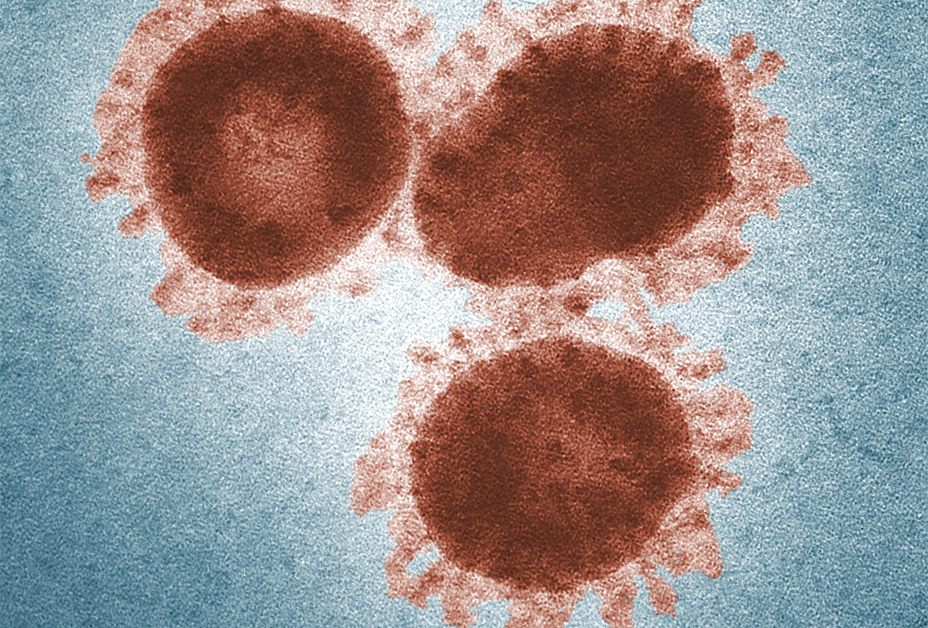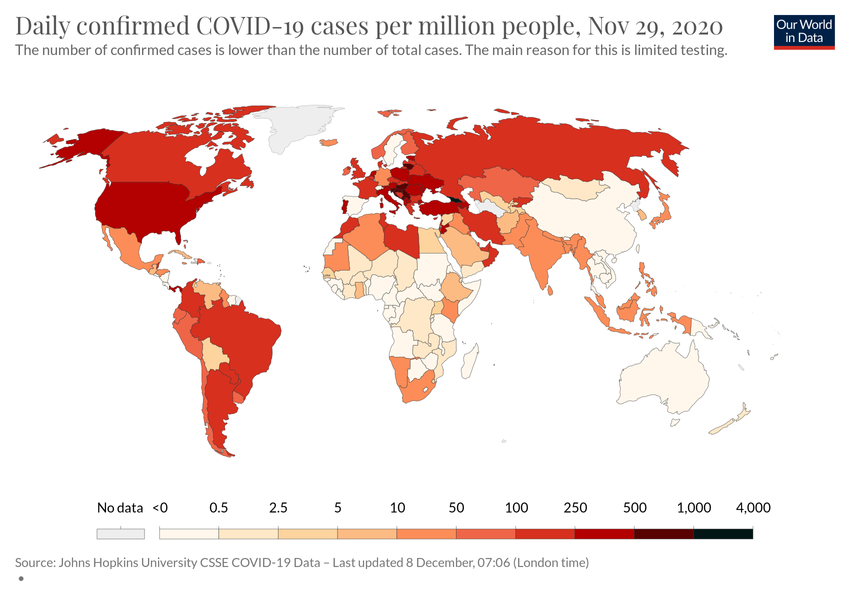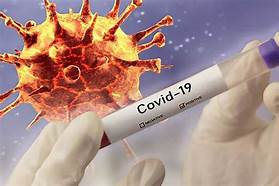
Artificial Intelligence and Big Data to control Covid-19
We are all aware of the global pandemic – Coronavirus and its impact on the humankind globally. It has hit millions of lives with thousands of deaths across the world and the threat continues increasing every day with new cases.
But in comparison to the last major outbreak of the SARS virus in 2003, those fighting this epidemic can leverage new and emerging technologies that quickly aid public health bodies in creating a valuable understanding of the corona virus. Big Data and AI have been used extensively for this and has played a major role in controlling this major pandemic.


Advanced computing and data-analysis tools enable information sharing and diagnostic practices and deepen the medical profession’s understanding of diseases and infections. Guiding prevention efforts, augmenting human aid and support efforts and facilitating virus research are some of the areas where data has been at the core and has helped in keeping a check for covid-19.
Here is an article listing the importance of the role of Big Data and data science in curbing this pandemic.
IDENTIFY, TRACK AND FORECAST OUTBREAKS

The company has created machine learning algorithms to accumulate data from sources (using web API’s and crawlers) such as digital media, livestock health reports, social chatter, official public health organizations and external government data sources of population demographics to create clusters of regions where people were reporting of this unusual behaviour.
Due to inability of seeing any symptoms of covid-19, it is very difficult to track if a person has the probability of being tested positive. Hence one of the first way to curb this to identify the potential threats / probability of a person being tested positive. Bluedot, an AI base company from Canada had warned of an “unusual pneumonia behavior” in the Wuhan markets in China in early Dec, much before CDC or WHO had declared it.

After tracking this cluster using the global airline ticketing data, Bluedot identified the people who were in the proximity of the area. The movement of these people were then tracked to understand the potential threat of spreading this virus. Using the highest volume of travelers from this area, Bluedot had anticipated the virus to spread across: Bangkok, Hong Kong, Tokyo, Taipei, Phuket, Seoul and Singapore. In the end, these were the first top 11 cities to see covid-19 cases.
Using drones and blockchain for healthcare claims
From photography to defense military, drones are being used everywhere. For covid-19, drones have been used to collect data of the affected areas through thermal sensing. Thermal sensing cameras on drone creates an image using infrared radiation to check for the temperature in the area and the areas with a difference in color are identified to track covid-19 cases. Along with doctors and people from medical background, the administrative and business department of hospitals are also at risk of the virus.

To protect them, a blockchain platform made by Ant Financial has helped in speeding up the claims from hospital. This has reduced the faceto-face interaction between patients and hospital staff. Drones in the Xiachang County’s province has also been used to transfer medical supplies and track quarantine mandates.
Reporting and visualzing data to curb misinformation

This also helped for the healthcare facilitators to study the spread of virus in other countries before it started to spread in their country (India and Singapore are very good examples of this) and take affirmative and preventive measures to restrict the spread of virus. This dashboard has used very effective visualizations to convey the analysis in a much simpler way. Having this data visualization has also helped in curbing the misinformation spreading in different countries and acting as a single source of truth for public.
With the world coming closer due to internet, there is widespread availability of data through social media and digital channels. But this could also lead to misinformation and panic amongst people. Governments that could think and act faster due to availability of reliable dashboards that extracted data from the public sources, confirmed news available online. One such dashboard that gives a thorough analysis and reports the increase in daily numbers is:
https://www.worldometers.info/coronavirus/.

Geospatial data for tracking cases
In India, the government has created an app that uses the geospatial data of all the current confirmed cases / suspected cases for coronavirus for people to be aware and keep themselves at a distance. This is owing to the fact that many patients may not show any symptoms / mild symptoms for coronavirus for the first two weeks.

Using AI to automate health-care access

Alibaba and Baidu, one of the greatest AI and technology giants of China have come together to create some of the most unique solutions. Alibaba healthcare system has been continuously gathering data of the past patients to create a scanner that detects coronavirus amongst patients with more than 90% accuracy. It initially started with a sample of 5000 confirmed coronavirus cases to understand the patterns of the virus in the patient’s chest area using the image sensing machine learning algorithms. Through this, created a CT scan that detected the presence of virus in less than 20 seconds which would otherwise take the doctor to move through atleast 300 images to evaluate. This AI system has now been installed across 1500 medical institutions in China Baidu, another tech and AI giant in China has made its linearfold algorithm available to the medical teams fighting coronavirus. This virus due to its complicated RNA structure has made it difficult to create a vaccine. The secondary structural changes due to the property of coronavirus to rapidly mutate is creating issues to have a permanent cure to the virus. But the linearfold algorithm created by Baidu to predict the covid-19 RNA sequence has made it 120 times faster to analyze the next sequence. This is now helping the researchers in getting the vaccine created.
Safe and effective screening in real time
Baidu has not only helped with its algorithm, but also created AI powered screening which can examine up to 200 people in one minute without disrupting the passenger flow. This uses the same system as that of thermal sensing through infrared sensor system. This is currently being used in Beijing’s Qinche Railway station.

Baidu also has created industry’s first open-source model to detect whether individuals in crowded areas are wearing masks. The model boasts a classification accuracy of 97.27%. Baidu has leveraged its AI powered maps to identify flow of travel across high-risk areas. It is helping epidemiologists build an approximate picture of people’s migration with some carrying coronavirus symptoms.
Developing drugs
Google’s Deepmind division used its latest AI algorithms and computing power to understand the protein that might make up the virus and published its findings to develop treatments. Benevolent AI, within week of the outbreak used its predictive capability to propose existing drugs that might be useful.
Meanwhile as you are reading this, analysis is also being done basis the past data of 1918 century influenza to understand the optimal days required to flatten the coronavirus curve and thus create a method to define the number of days we will be spending in lockdown.

In a global pandemic such as COVID-19, artificial intelligence, technology and data science have become critical to helping societies effectively deal with the
outbreak.










